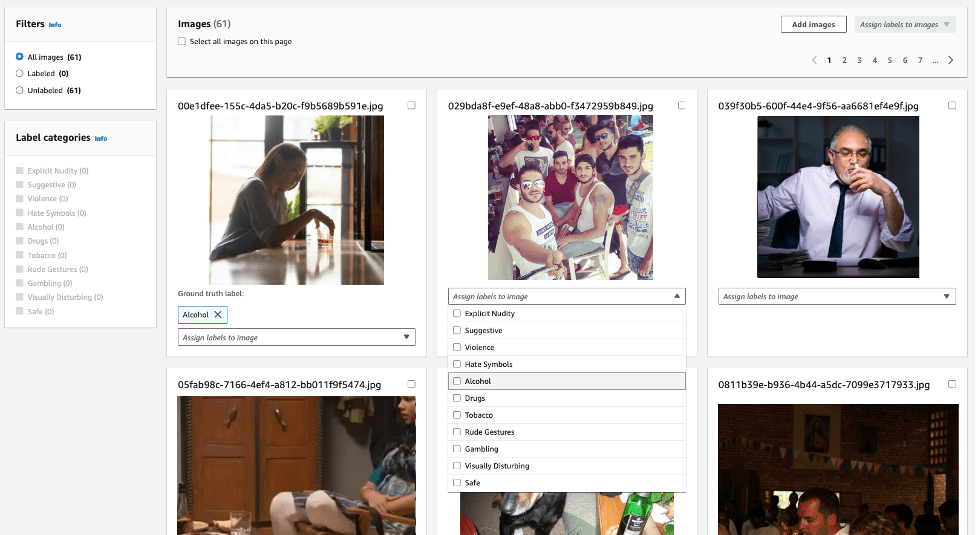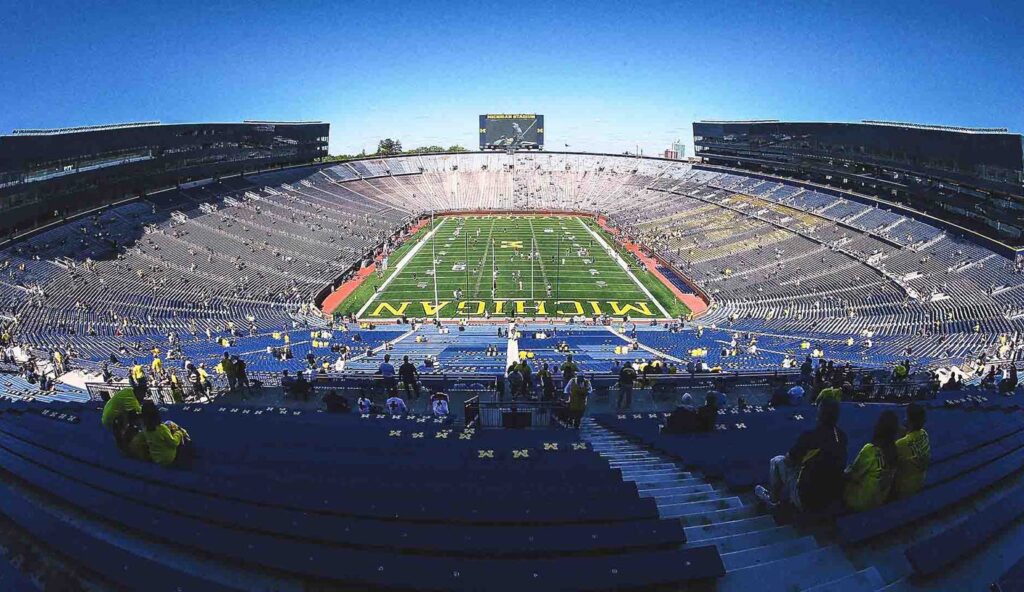Brewers bump? Every team to oust Milwaukee from playoffs has reached World Series
Announcing Rekogniton Custom Moderation: Enhance accuracy of pre-trained Rekognition moderation models with your data
How J.J. McCarthy stacks up against past Michigan Heisman finalists
Report: Firm gave evidence of Michigan’s sign-stealing to NCAA
Mavericks spoil Victor Wembanyamaâs NBA debut, beat the Spurs 126-119 in the teamsâ opener
Keeping Learning-Based Control Safe by Regulating Distributional Shift – The Berkeley Artificial Intelligence Research Blog

To regulate the distribution shift experience by learning-based controllers, we seek a mechanism for constraining the agent to regions of high data density throughout its trajectory (left). Here, we present an approach which achieves this goal by combining features of density models (middle) and Lyapunov functions (right).
In order to make use of machine learning and reinforcement learning in controlling real world systems, we must design algorithms which not only achieve good performance, but also interact with the system in a safe and reliable manner. Most prior work on safety-critical control focuses on maintaining the safety of the physical system, e.g. avoiding falling over for legged robots, or colliding into obstacles for autonomous vehicles. However, for learning-based controllers, there is another source of safety concern: because machine learning models are only optimized to output correct predictions on the training data, they are prone to outputting erroneous predictions when evaluated on out-of-distribution inputs. Thus, if an agent visits a state or takes an action that is very different from those in the training data, a learning-enabled controller may “exploit” the inaccuracies in its learned component and output actions that are suboptimal or even dangerous.









